Part 4 of 4
For the longest time, Semarang was known as a place to rekindle one’s nostalgic memories of things from the past. Having traditional snacks that had become increasingly hard to find in other big cities and dining at vintage restaurants serving Dutch food were among the reasons for many to visit Central Java’s provincial capital. But that was kind of it. While other cities across Java – Jakarta, Bandung, Surabaya and even Yogyakarta – kept reinventing themselves, introducing new concepts and ideas to their residents which also attracted curious visitors from out of town, Semarang was moving at a much slower pace, as if it was trapped and unable to escape from its own past.
For sure, Semarang does have a glorious and fascinating history that it can – and should – be proud of. It was once a major port in the Dutch East Indies, as well as the hub of railway lines on Java. It was also a progressive city where intellectuals from many parts of the island studied and exchanged ideas – revolutionary ones. However, early 21st-century Semarang was a big city with a rather lackluster feel. It seemed like it was content with itself, regardless of how far it was lagging behind other urban centers on the island. But in the second decade of the century, the place seemed to be awakened from its long slumber as new businesses sprouted, exciting ideas poured in, and all of sudden this city of 1.6 million people became very trendy.
Many attributed this dramatic change to the revitalization of Kota Lama, the city’s former Dutch economic center. Without doubt, this part of the city has improved a lot and shed its reputation as a den of crime. Instead of drug dealers, prostitutes and gamblers, Kota Lama now attracts visitors who are keen on taking photos with a backdrop of handsome Dutch-era buildings. Although the recent development of Kota Lama appears to have steered it away from the initial goal of enlisting it as a UNESCO World Heritage Site by 2020, turning it into some sort of colonial-style theme park instead, at least the dining scene within the 31-hectare area does not resemble that of any amusement park – typically packed with the usual international fast-food chains as well as their local competitors.
First, there is Spiegel. Occupying a lofty, sensibly-restored late 19th-century general store, this restaurant offers a well-curated selection of Indonesian, Asian, Middle Eastern and Western dishes – including some interesting examples of fusion among them – in an airy, casual setting. The relaxing ambient music sets the mood before the mouth-watering and well-presented dishes arrive. On one side of the wall, the white plaster was peeled off to reveal the original red bricks, further accentuating the long history of the structure. The food itself is a departure from the standard steak and pasta, a pattern that is unfortunately repeated in many modern restaurants in Semarang. Its slow-cooked beef cheek in French mirepoix sauce drizzled with Japanese-style bonito flakes is an example of an exciting ensemble of foreign yet unpretentious dishes at the self-styled bistro. Then there’s hummus and pesto which provide a good introduction to those who are not familiar with the Levantine dip – but only if it hasn’t been taken off the menu, since I was told that getting the ingredients for hummus has become increasingly challenging for the restaurant these days.
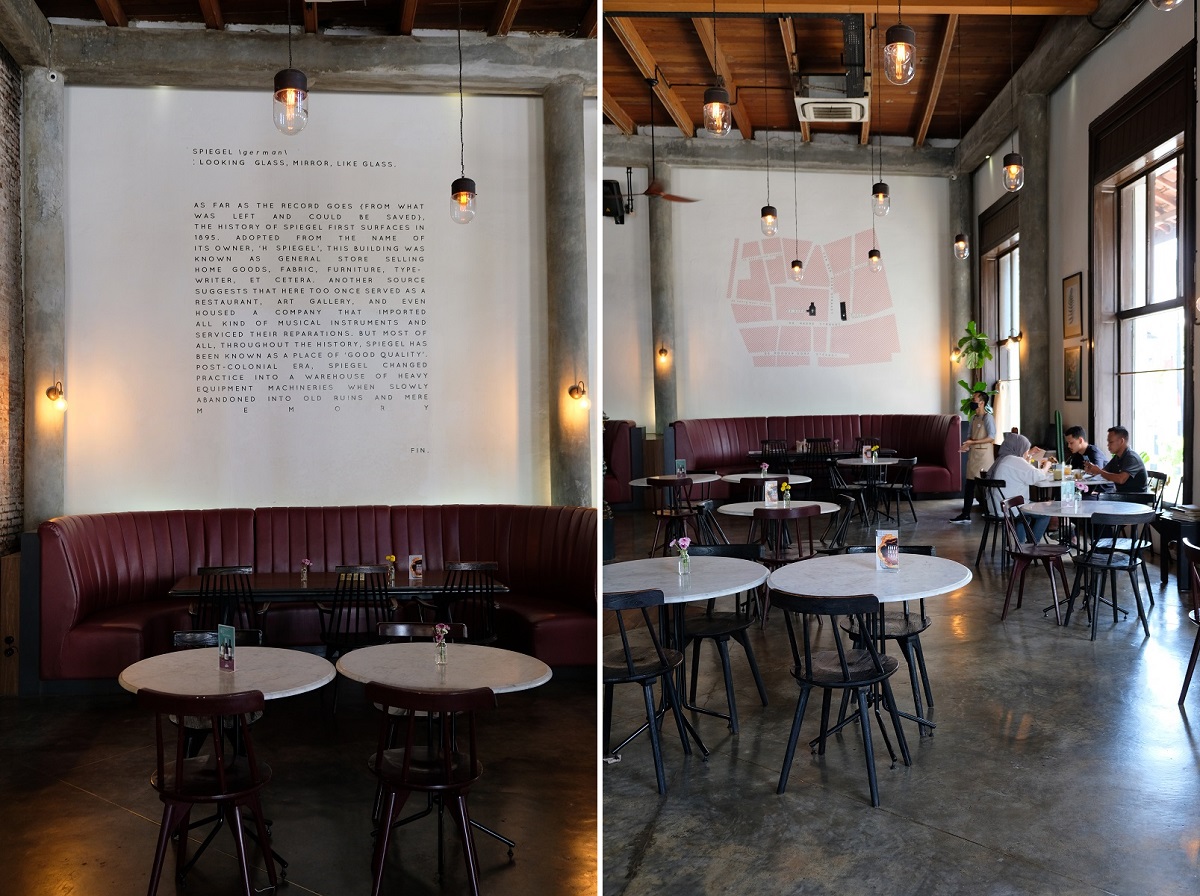
Spiegel’s cozy and casual setting
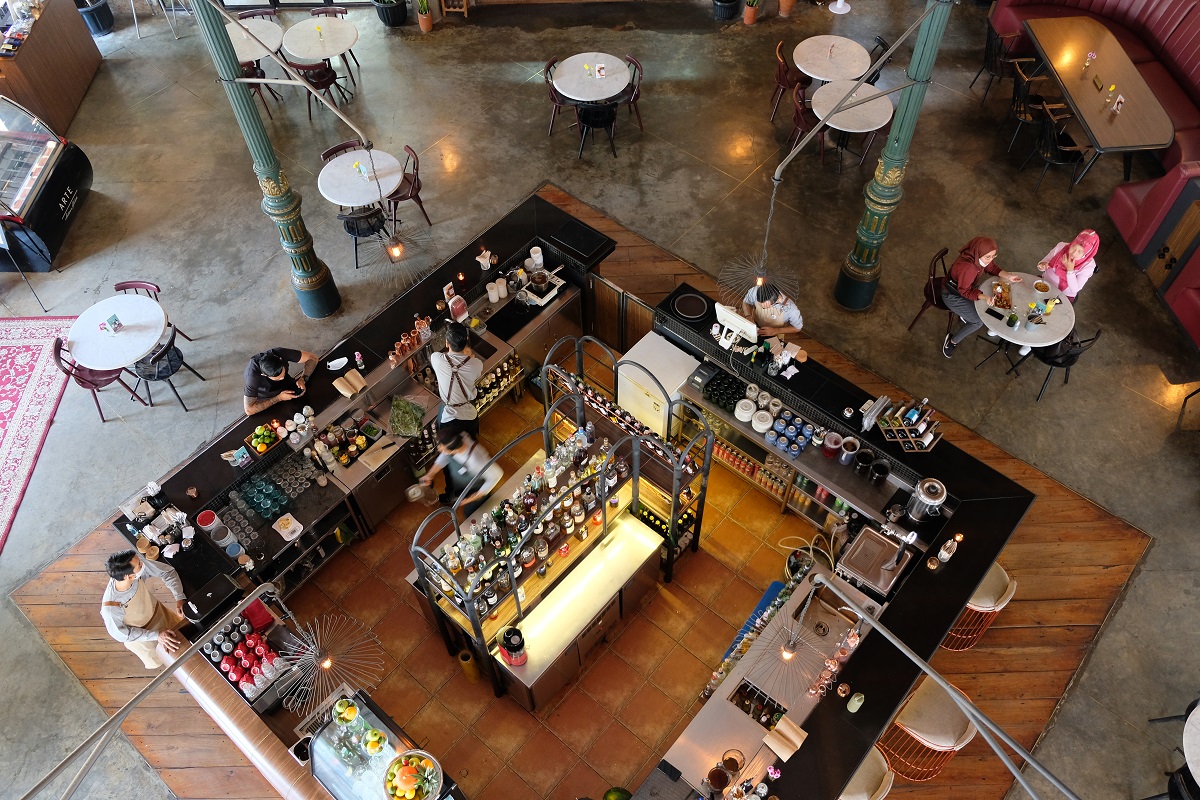
The restaurant’s distinctive diamond-shaped bar
Just around the corner from Spiegel, there’s another eatery that is an excellent addition to Kota Lama’s culinary scene. Javara puts a strong emphasis on Indonesian dishes made from organic and locally-sourced ingredients. Nasi telang empal suwir, despite its long name, is a great introduction to what this restaurant has to offer. The rice comes in a shocking blue color which is in fact what butterfly pea flower does to your food and drinks when you add it to them. It is topped with sweet shredded empal (beaten beef cooked with spices, herbs, coconut milk and palm sugar) and served with crispy tempe (also called tempeh outside Indonesia), sautéed papaya flowers, serundeng (sautéed grated coconut mixed with spices) and shallot sambal. They all together not only look pretty on a plate, but also taste delicious. Then there’s bandeng keropok, one of Semarang’s local dishes that, for some reason, I had never tried until I went to Semarang’s Javara last December. It’s a grilled bandeng (milkfish, which is quite common in Java’s northern coast) dish served with kecap manis (Indonesian sweet soy sauce), chopped chilies, shallots and tomatoes.
Exciting dining venues aside, there are other reasons why Kota Lama is such an interesting place to visit today in spite of the haphazard “restoration” work that has been carried out recently. Sitting unpretentiously down the quiet alley between Spiegel and Javara is arguably one of Semarang’s most exciting art institutions: Semarang Gallery. From the outside, it just looks like yet another Dutch-era building, except for the peculiar yellow pole outside with a toilet perched on top of it – teasing curious visitors to come inside and see the museum’s collection. It may not look like much, but its presence adds another dash of sophistication to Semarang, for it brings Indonesian contemporary art closer to local people.
On the other side of Kota Lama, a compact two-story edifice called Monod Diephuis that was only completed in 1921 stands gracefully in a much quieter setting. Although not as popular and prominently-located as Semarang Gallery, this building which was once an office now opens its doors mostly for cultural events – often in collaboration with the adjacent Soesmans Kantoor – including art exhibitions, a literary festival, traditional dance classes, musical performances and public discussions. It’s very encouraging to see the proliferation of not only restaurants, but also physical spaces that allow exchanges of ideas to happen more frequently both among the local residents themselves as well as between locals and those from other cities.
However, there is one more restaurant in Kota Lama that is worth mentioning as it is a perfect example of what Semarang has become in recent years.
In my past visits to Kota Lama, every time I walked on Jalan Cendrawasih one building always caught my attention, for it has two giant army ants sitting atop its roof. Conceived as a performance hall in the 19th century, at one point in its history the compound was purchased by a shipping company named Marabunta, which is how the structure has been called since then. But to me 21st-century Marabunta was that curious-looking edifice that seemed to always be closed every time I passed by. However, when I returned to this part of Semarang in October last year, there were encouraging signs that this long-defunct building was coming back to life. And two months later just before the end of 2020, the newly-renovated Marabunta reopened its doors again. James and I, as excited as everyone else, decided to check it out just a few days after its soft opening.
The day we went, it felt a little surreal to walk through the entrance of Marabunta, thinking that what was for a long time lifeless is now filled with energy and optimism. We were immediately impressed by the lofty dining area with beautiful ambient lights accentuating its distinctive characters. There are many architectural elements from the original structure that are well-preserved and beautifully highlighted, including the metal pillars and the wooden ceiling. Returning something to its former glory had never felt more real, as everything I saw took my imagination back to the days when this place was brimming with activities and art performances, when it was the place to be in colonial-era Semarang.
Now let’s talk about the food. I’ve mentioned that one of the reasons why I like Spiegel very much is because of the fact that it doesn’t fall into the boring pattern many modern restaurants follow by serving the same menu items over and over again. This path of offering something different is fortunately what Marabunta decided to do. We were pleasantly surprised to see tuna gohu salad in the menu as we really enjoyed this Ternatean dish when we tried it six years ago on Ternate, one of the small eastern Indonesian islands where clove originated from. Since then, James has been envisioning an elevated version of the humble dish, something he only had encountered once so far which was in Jakarta several years ago. To understand gohu, imagine raw tuna in an aromatic, citrusy dressing served with fresh herbs, chopped shallots and chilies. The one we had at Marabunta came with crushed kenari (pili nuts) as well. Then there was also salmon nyat-nyat, a dish that was inspired by a Balinese cooking technique of reduction – thickening and intensifying the flavor of a liquid mixture through evaporation. It came with nasi jeruk, which is basically rice cooked with coconut milk, lemongrass, salam leaves and thin slices of kaffir lime leaves which gives this rice dish its distinctive, fragrant aroma.
With all those dining and cultural venues sprouting in Kota Lama, it’s safe to say that this once-rundown district has become a beacon of progress in the formerly laggard city. However, having a trendsetting area is one thing. But seeing the trend being repeated in many parts of the city is what truly makes Semarang much more enjoyable and inspiring these days. New businesses are emerging, both in Semarang’s flood-prone lower area (also known as Semarang Bawah) and in the hilly terrain of upper Semarang (Semarang Atas). And despite the pandemic, the growth of exciting newcomers appears to be relatively unabated, giving me more reason to visit my hometown even more frequently.
Rays of hope of Semarang’s revival are bright and promising from its tourism, culinary and entertainment industries, as well as from its emerging art scene. But what about education? Although not in the top three best universities in Indonesia, Semarang’s Universitas Diponegoro is still considered one of the most reputable higher education institutions in the country. The city is also home to a number of good high schools with notable alumni including government ministers, prominent journalists as well as celebrated artists. However, in general there is still so much room for improvement to make Semarang what it used to be in the early 20th century: a gathering place for scholars and intellectuals from all across the country.
Warak Kayu is a microlibrary designed by Bandung-based architecture firm SHAU not just as a space for kids to play and learn, but also as a small community center. Daliana Suryawinata, one of its co-founders, was inspired to create microlibraries after seeing how a lot of kids in Indonesia associate reading with punishment, not something that is fun and natural as children have so many questions in their minds, and the answers can be found through books. Constructed in downtown Semarang near one of the city’s poorer areas, the impressive yet compact wooden structure is a nice addition to the changing cityscape that I wish to see more of. Providing spaces focusing on nurturing the curious minds of the youth is equally important as increasing the number of art galleries and good restaurants, because investing in the future of children is one of the best things leaders can do to ensure their cities’ continuous improvement.
The grande dame that is Semarang has now been infused with much-needed spirit to rejuvenate itself and make it more competitive, and this momentum has to keep going. As long as this positive trend is maintained, Semarang shouldn’t worry anymore about lagging behind other cities on Java. It can even show others the way to move forward.

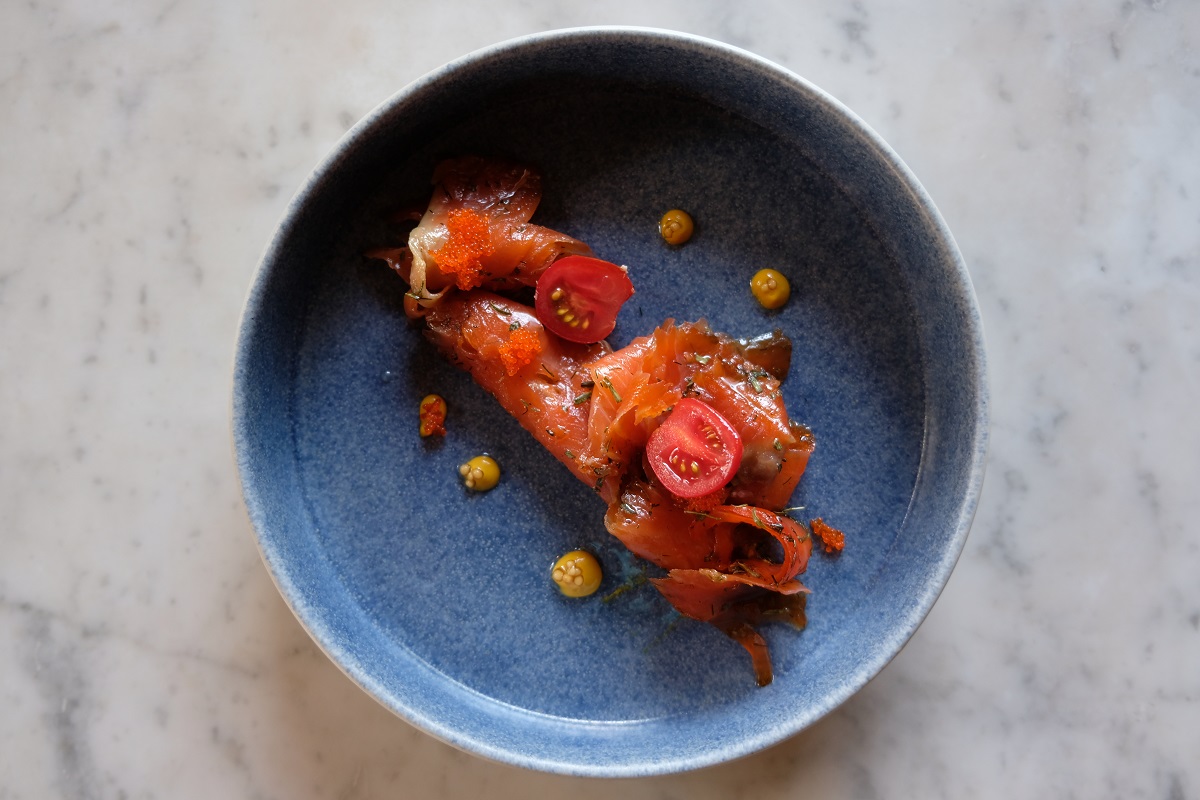
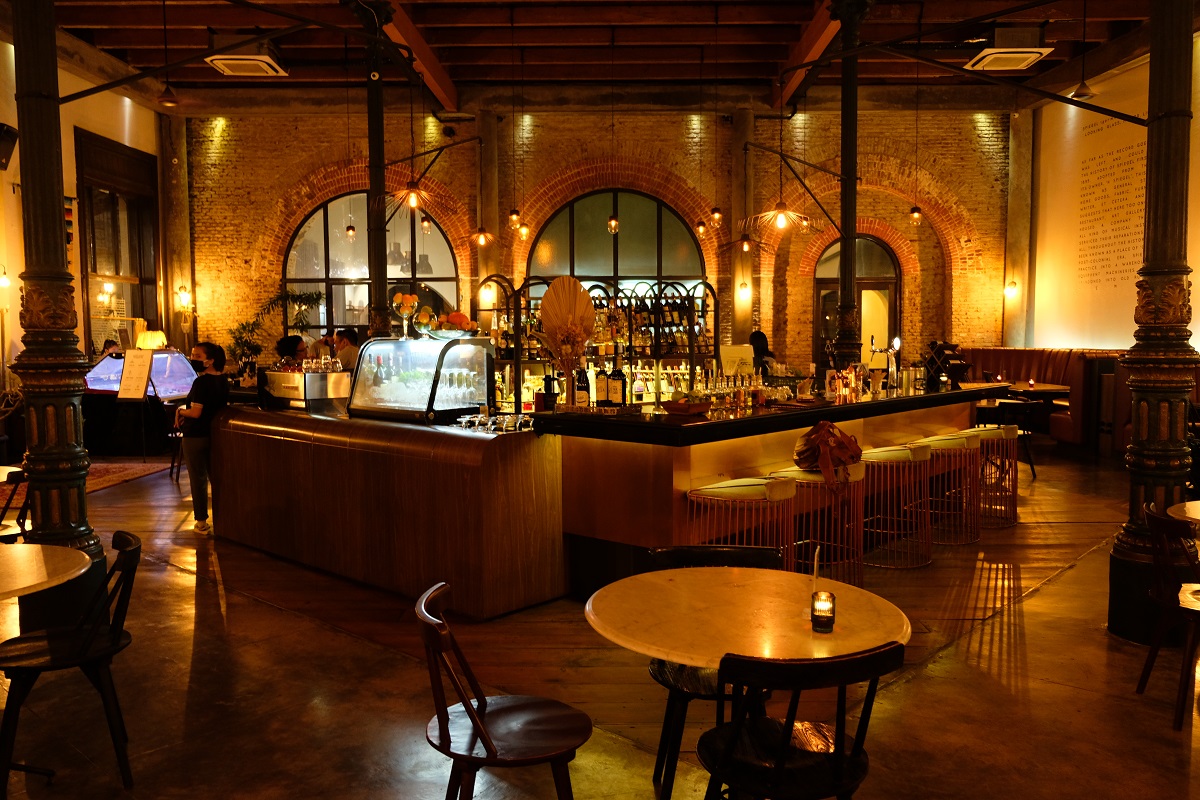










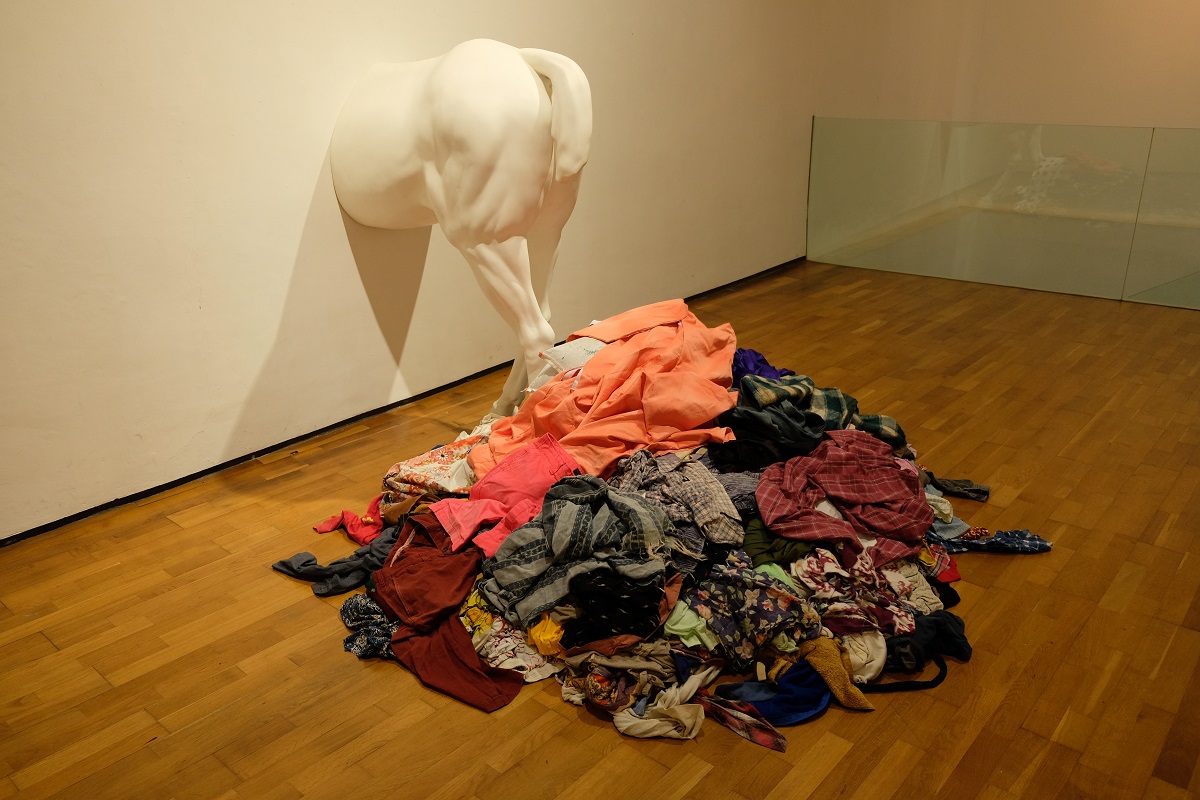





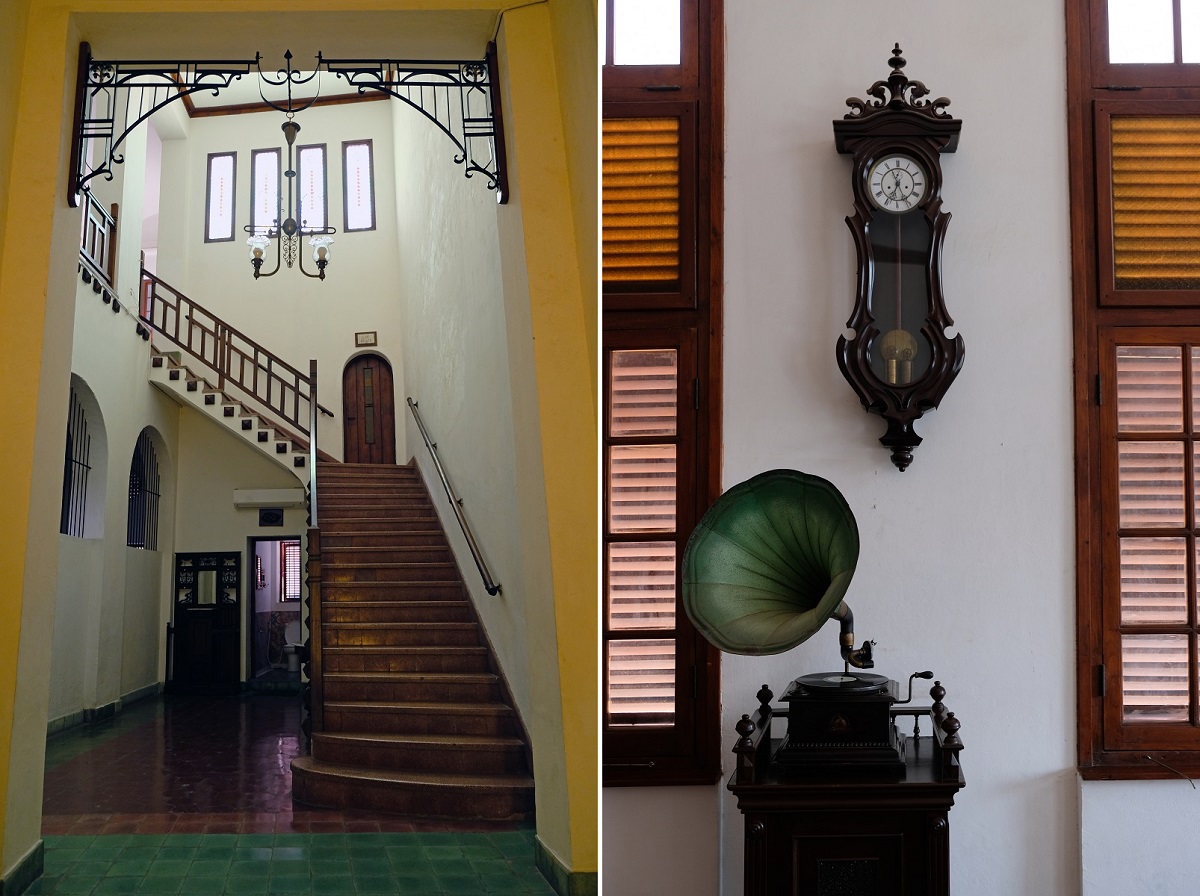



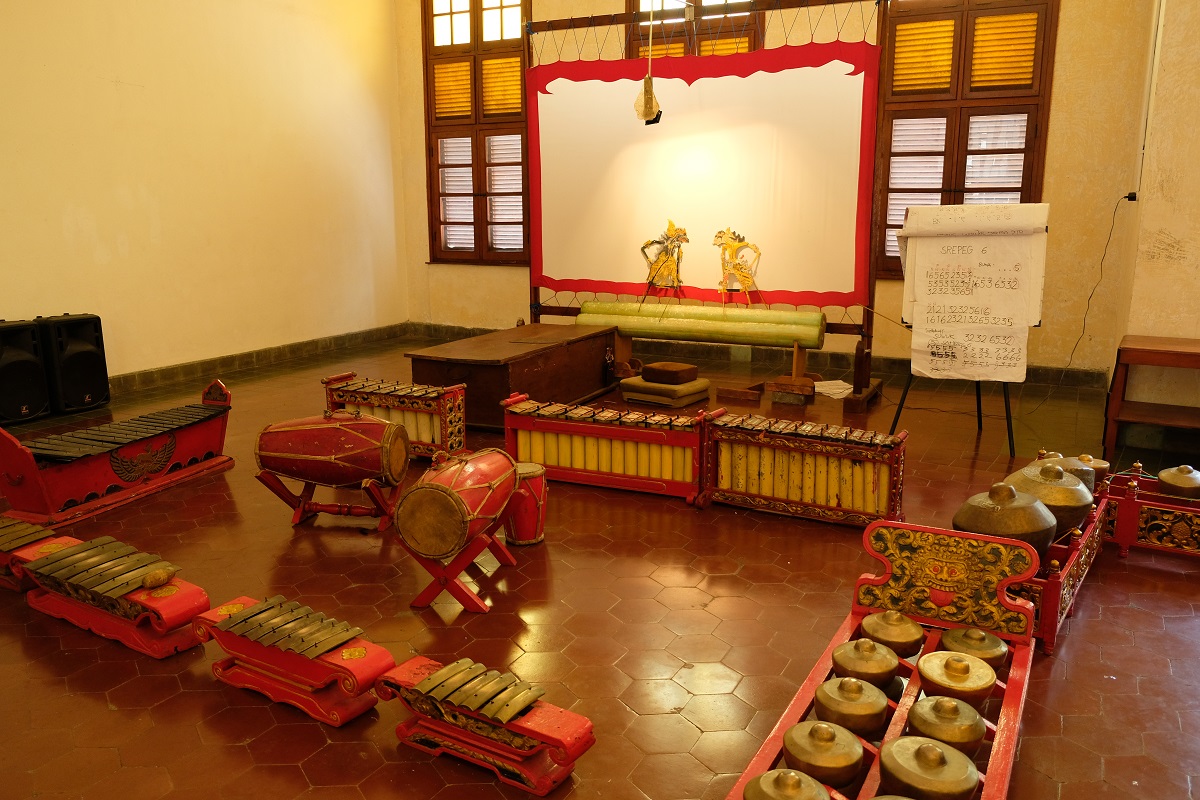








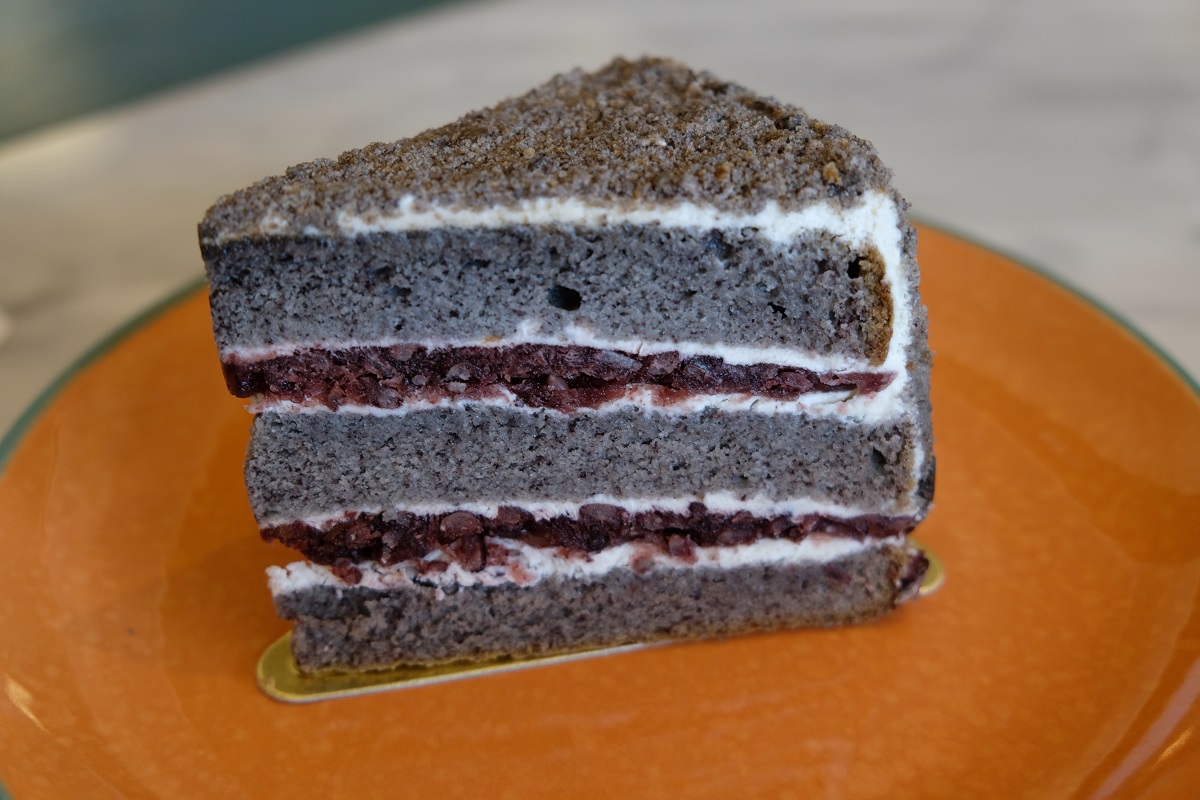



Personally, I don’t think World Heritage status means as much as it once did, especially for vibrant cities. I usually enjoy visiting places rich in the best of both old and new design. I particularly like the fantastic design for the micro-library in Semarang!
LikeLiked by 2 people
I think the status of World Heritage today is somewhat less prestigious than it once was when the list was still much shorter. However, in the case of Kota Lama, aiming to be listed as one at least gave the authorities some sort of guidance of what they should do to this old quarter. And if it were listed, there would have been a long list of do’s and don’ts set by the UNESCO which would have prevented further deterioration of this part of Semarang. Like you, I also enjoy places with a good combination of old and new, because monotony is just… dull.
LikeLiked by 1 person
Jadi ingat aku juga sempat eksplor Kota Lama sesaat sebelum pandemi, dan salut karena hampir semua sudut sudah tertata apik. Namun ada beberapa spot di postingan ini yang belum sempat aku kunjungi seperti Semarang Gallery, atau Marabunta.
Jadi pengen hunting foto lagi ke Semarang. Ayo canangkan dong, Bama! #request
LikeLiked by 2 people
Yang aku suka dari Kota Lama sekarang itu tiap kali aku ke Semarang ada aja yang baru di Kota Lama. Jadi sekarang mengunjungi Kota Lama udah kayak agenda wajib setiap pulang kampung.
Ayo canangkan hunting foto di Semarang seperti halnya pemerintah mencanangkan wajib belajar sembilan tahun!
LikeLike
How wonderful that these old buildings are being rejuvenated and/or repurposed so people can continue to enjoy their beauty and history. I think I would like to visit that place just to eat! Your descriptions and photos of the food can set a stomach to rumbling…
Being a textile/dye enthusiast, I was wondering if on your travels around Indonesia you come across many of the spectacular textiles produced there, particularly in the distant past. Java is especially well known for its ikat and batik techniques which were mostly done in indigo. Most of what I have read about the area’s textiles is historical information rather than what is happening in the present.
Thanks for another great post!
LikeLiked by 2 people
You would certainly enjoy eating at one of those restaurants in Kota Lama, Marilyn. The ambiance is nice and the food delicious.
You’re right about Indonesian textiles which differ from one place to another: batik, ikat, songket, tapis, ulos, sasirangan, and so many more. However, I rarely travel specifically to see these, although there was one time when I learned about the process of making ikat in a small town on the island of Flores in eastern Indonesia.
Speaking of batik in Java (which is the center of batik making in Indonesia), actually the most common color is brown which is widely used in Yogyakarta (Jogja) and Surakarta (Solo), where two of Java’s most historically-influential royal courts are located. However, the batik produced on the northern coast of the island tend to have brighter colors, including red, blue and indigo. Batik making is still very much alive since the demand is always high and more and more people in big cities prefer wearing batik shirts and dresses for formal occasions. Here in Indonesia we even have the national batik day every year. If you go to modern batik shops, you’ll find all these different kinds of clothing with colors that run the gamut from dark to bright, with untraditional motifs as well.
Thanks for reading!
LikeLike
Thanks for the information – it’s great to know that the fiber arts are a big part of present day life in Indonesia. National batik day must be a sight to behold! We were not able to go to Oaxaca this winter, and the place we stayed in here in Alaska had a large heated garage space. I took the opportunity to learn to make and maintain one type of indigo vat. My son, his wife and I had lots of fun dyeing wool yarn and cotton fabrics using all kinds of shibori and other tie-dyeing techniques – a perfect indoor winter project! Now I’m busy knitting and sewing with the results…
LikeLiked by 1 person
That sounds like a really fun project, Marilyn. I can imagine all the creativity poured in during the planning stage.
LikeLike
Love the buildings and the food … you’ve captured them so well. This is like an history / urban geography / travel / food blog.
LikeLiked by 1 person
Thanks Matt. Basically all the things you mentioned are what excite me when I travel these days.
LikeLiked by 1 person
Wonderful to see rejuvenation and new blended while retaining historical balance. A mouth watering tour Bama. I’ll have a piece of Ketan hitam cake please.
LikeLiked by 1 person
It’s really encouraging to see all these things happening in my hometown, a city I always thought boring in the past. That restaurant that serves ketan hitam cake is actually a part of a food company based in Semarang that is famous for its cakes. I particularly love its proll tape (made from cheese, sweet fermented cassava, and raisins, among other ingredients). Here in Indonesia we often combine cheese with anything sweet in our desserts (try it! it’s a revelation). You should try martabak manis with cheese and chocolate filling if you can find it in Calgary.
LikeLike
It’s funny how it took us three separate visits to try out all those different cafes and restaurants around Semarang – each one is a testament to how the city has “grown up” and become increasingly sophisticated. I was just thinking that the lack of progress in previous decades may have been a blessing in disguise, as soaring land prices would have given developers even more reason to knock down the gorgeous old buildings in Kota Lama and other city-center neighborhoods.
LikeLiked by 2 people
And yet, there are still more that we haven’t tried. You raised a good point here, James. Probably because Semarang wasn’t attractive enough for investors, Kota Lama was left relatively intact with the elements, not wrecking balls, battering those structures over the years.
LikeLiked by 2 people
Great post Bama. Did you change your camera? These photos seem very crisp and vibrant. Fantastic. You should become a food photographer. Cheers!
LikeLiked by 1 person
Thank you for your kind words, John and Susan! I’ve been using my Fuji camera since December 2018 — I bought it after my old Canon sort of malfunctioned two months earlier when I was traveling in Bhutan.
LikeLiked by 1 person
Bama, this is such an aesthetically pleasing and, for lack of a better term, drool-worthy post. I’m glad to hear that the dining scene has been done properly in Kota Lama. I love the look of Spiegel’s and would be tempted by the salmon carpaccio (a favourite), though my curiosity would have me trying the dish with the blue rice. Why do those giant (ants?) atop Marabunta look so familiar? Another post? Very bold and eye catching. Somehow I can relate to the Still Shy art piece at the Semarang Gallery; it makes me think of my teenage years. Great series on Semarang/Kota Lama!
LikeLiked by 1 person
Thank you, Caroline. Now every time I return to Semarang, I always try to go to Spiegel at least once. I just love its ambiance and, of course, the good food. The owner told us that she wants to use the upper floor of the building as a space for exhibitions, art performances and other cool things. But because of the pandemic it’s still largely unused, apart from a corner which she turned into her small office. As for those giant ants, yes you remember it right. I took a photo of it several years back. It’s the last photo in this post: https://harindabama.com/2019/05/26/killing-time-in-semarang/
LikeLiked by 1 person
It’s hard to forget those ants, and it sure gives the restaurant a unique look. Hopefully I’ll get to see it (and eat there) sometime.
LikeLiked by 1 person
And when you do come to Semarang, please let me know. 🙂
LikeLiked by 1 person
I love seeing your rightful pride in your once-sleepy hometown! These places are all so modern and fresh, and I hope they draw people there to experience what Semarang has to offer in other ways, too.
LikeLiked by 2 people
I really am quite proud of Semarang now. It still has a lot of problems, but seeing how the city is moving forward is very encouraging. I’m actually planning to go back at the end of May and I’m really excited to check some more places there.
LikeLiked by 1 person
Thank you for this tour of your hometown. We have travelled extensively in Indonesia, but never been to Semarang. Must add it to the list. The micro-library is an excellent idea.
LikeLiked by 2 people
When you do return to Indonesia one day and find yourselves exploring Java, I really suggest visiting Semarang. It has a lot of history and it’s also quite exciting these days. I hope to see more initiatives like that microlibrary though.
LikeLiked by 1 person
All these places look amazing, Bama! I like how the architects renovate the buildings, without altering the original structure. Here in Saigon they just knocked the old things off. The higher the land price is, the quicker the heritages disappear… The library is also really beautiful! I love modern architecture like that 🙂
LikeLiked by 2 people
That’s exactly why I love going to those places: they managed to keep their original structures while at the same time being infused with modern, exciting vibes. I was in Saigon for far too short to explore its many heritage buildings, but I remember going inside the post office. I hope the city government can learn that not all that is old is worth destroying. I also love the microlibrary. The architecture firm behind it is actually working on some really interesting community-focused projects across Indonesia.
LikeLiked by 1 person
Cool! I would love to see more projects like this across SEA 🙂
LikeLike
I love this spirit of rejuvenation, Bama. Semarang sounds like a wonderful city to explore, and this series was like taking a mini trip there. Thank you for all the wonderful information and photos. It was a great break from the comfort of my couch.
LikeLiked by 2 people
Semarang is an exciting place to explore today. But in the past that word wouldn’t even cross my mind when I thought of the city. In general I’m quite happy with what has been going on in my hometown. Just a few days ago I learned that a bar there made it to the Top 100 of this year’s Asia’s Best Bars — I wouldn’t be surprised if places in Jakarta or Bali made it to the same list. But Semarang? I’m quite impressed.
LikeLike
Wow, Semarang really has stepped up its game. The investment into making these restaurants, galleries and cultural spaces into top-notch attractions make me want to visit Semarang really soon!
LikeLiked by 2 people
It really has, Dan, and sometimes I still can’t quite believe how different the city is now compared to how it was five years ago. AirAsia has a direct flight from KL to Semarang, so when the pandemic is over you can easily fly to my hometown.
LikeLiked by 1 person
So much to see and take in here. I’ve never seen blue rice. Nice post.
LikeLiked by 2 people
Thank you, Charlotte. For some reason, that blue rice tasted better than plain white rice. But I wonder if it was just a psychological effect caused by the color.
LikeLiked by 1 person
What puts the colour in the rice, dye or is it natural?
LikeLiked by 1 person
Hi Charlotte. The color is created by the addition of butterfly pea flower as I mentioned in the post. So it’s all natural, which makes it even cooler. People make drinks with this flower too, and if you add acidity — lime juice for example — to it, it will turn purple.
LikeLiked by 1 person
Pingback: Exploring the World, Pandemic Style | What an Amazing World!
How beautiful!
LikeLiked by 1 person
My hometown can be rough around the edges, but it surely can look beautiful when viewed from certain angles.
LikeLiked by 1 person
The food and drinks look amaaaazing and are presented so nicely. The Semarang Gallery looks like an interesting place to spend the day and enjoy modern and contemporary art.
LikeLiked by 1 person
My hometown is definitely a fascinating place to be these days. Just a few months after this trip, we checked out this new Brazilian restaurant in the city. Semarang, a city which until not too long ago was considered dull and boring, now has a restaurant serving food from a country halfway across the globe from where it is and has a bar that made it to the list of Asia’s best bars… that’s wild! As for the Semarang Gallery, I was surprised by how interesting and sophisticated it was. I will definitely go back for future exhibitions.
LikeLiked by 1 person